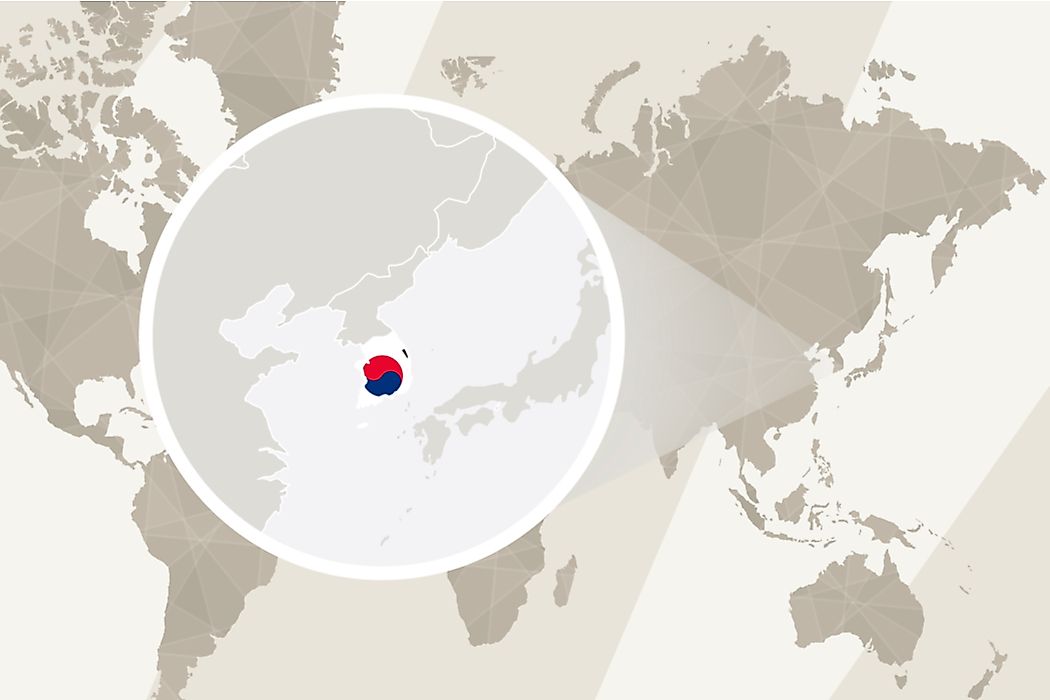What Continent is South Korea In?

The Republic of Korea is an independent nation occupying the southern half of the Korean peninsula in the eastern region of the Asian continent. It borders North Korea as the only country to the north, the Yellow Sea to the west, the Sea of Japan to the east, and the Korea Strait to the south. South Korea has the fifth largest economy in the world and the largest in Asia with its capital city, Seoul, being the sixth most sustainable city in the world. Koreans speak the Korean language which is classified as an Altaic language as it has strong ties to Japanese, and contains many Chinese loanwords.
History of Korea
The ancient Joseon kingdom marked the earliest record of human existence in the Korean peninsula. They were later joined by the Baekje and Silla to form the three main kingdoms that lived harmoniously up to 1910 when Japan took over the country. The government of South Korea was formed in 1948 after it gained independence from Japan. It is ruled under the constitution referendum (Sixth Republic) adopted in 1987. The early years after independence were characterized by constant conflicts between North and South Korea which led to the Korean War which ended with the creation of the Korean Demilitarized Zone.
Geography of South Korea
South Korea covers an area of 38,622 square miles stretching from the Asian mainland. Most of the county’s terrain is hilly and mountainous and only a small percentage is arable. There are about three thousand islands in the country although most are uninhabited due to their small size. The climatic conditions of South Korea are greatly influenced by its proximity to Asian landmasses. It experiences a humid subtropical and continental climate influenced by the East Asian monsoon. The long humid summers favor the growth of diverse vegetation in the country. The forest cover which occupied two-thirds of the total land surface has almost disappeared in favor of industrialization and human settlement. The DMZ as a de facto nature preserve hosts the indigenous plant and animal species.
Economy of South Korea
South Korea is the 12th most developed country in the world with a mixed high-income economy that is highly dependent on industrialization with focus on technology-based corporations. The country is identified as a major global economy recognized as the most industrialized member of OECD and listed among the G20. The economy grew remarkably from 1960 when the government implemented a series of economic development plans that transformed the country from a poor agrarian society to one of the world’s most industrialized economies. This growth was further fueled by the strategic development of export-oriented industries and the abundance of the well-educated and skilled labor force.
Tourism to South Korea
Tourism plays a crucial role in the South Korean economy as it encourages foreign direct investment. The current emphasis of Koreas’ popular culture (Korean wave) has increased the number of foreign tourists from Japan, China, India, and Taiwan. The modern roads and railway network systems make it easy for tourists and locals to move to the major tourist destinations located in Seoul, Gyeongju, and Buyeo.











